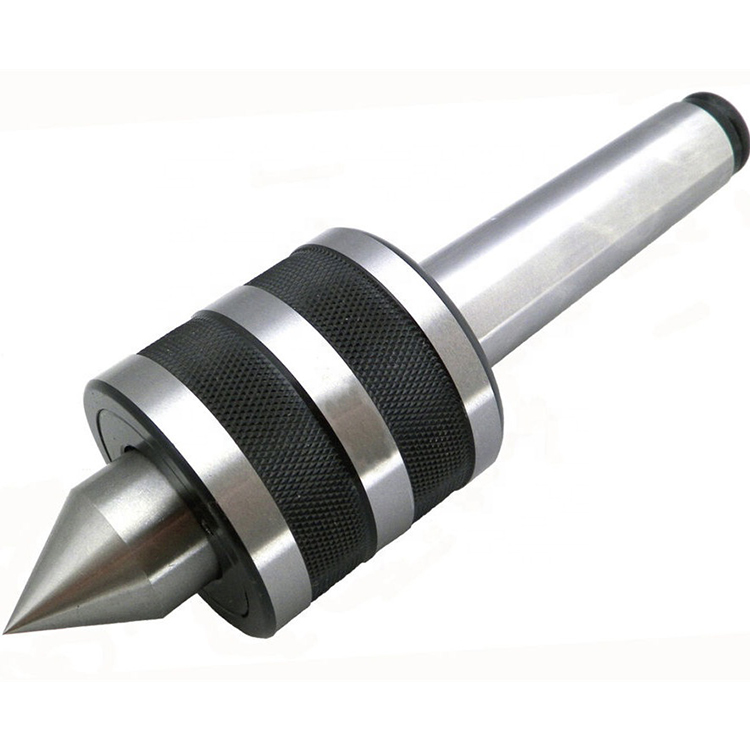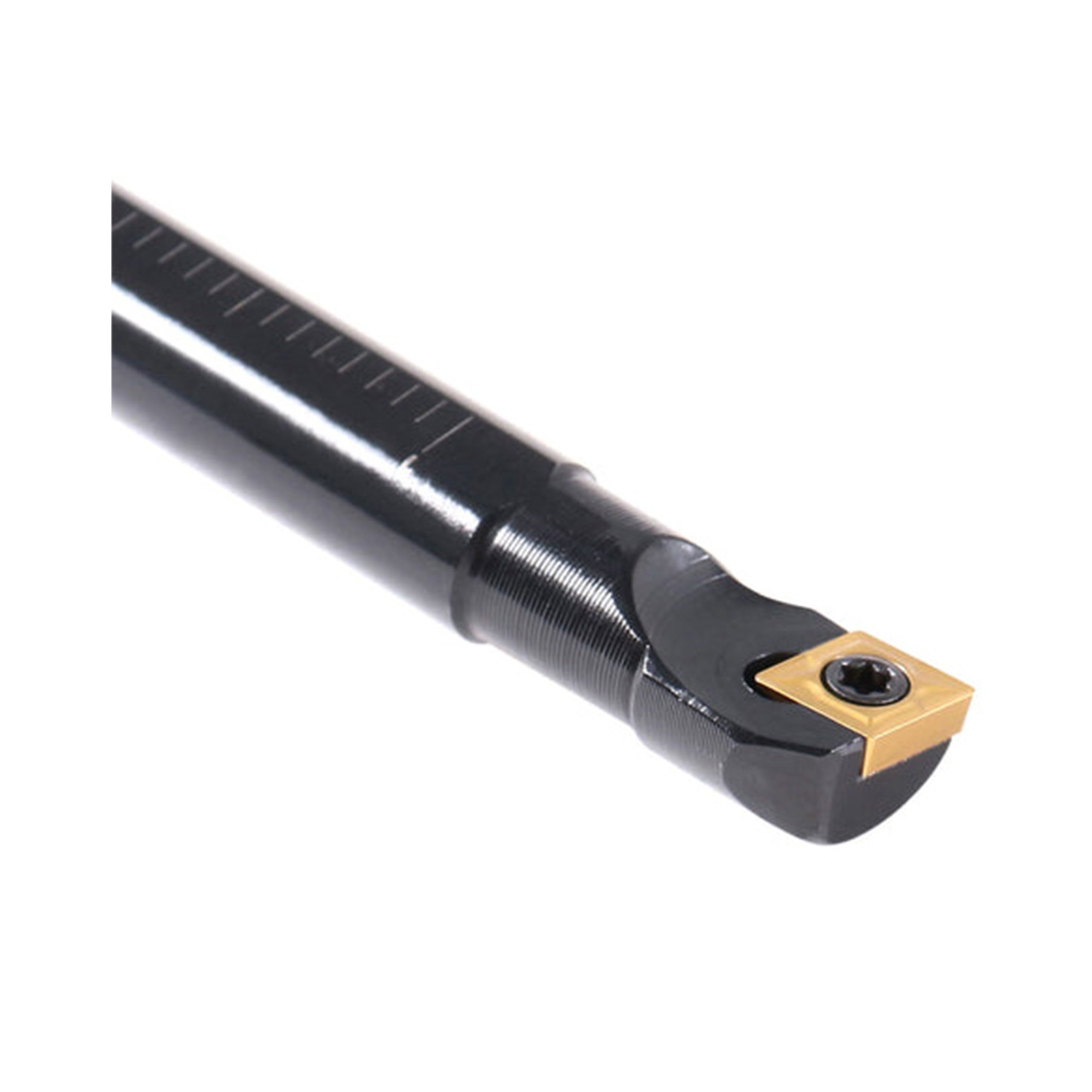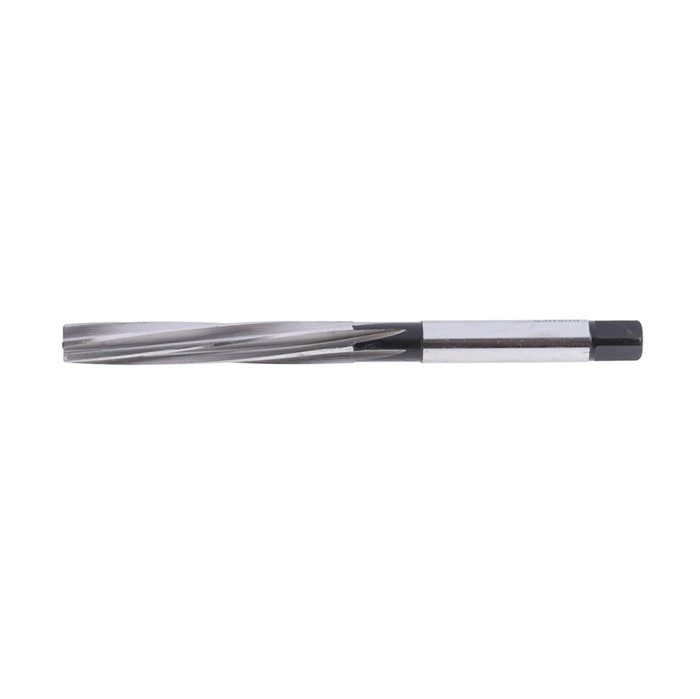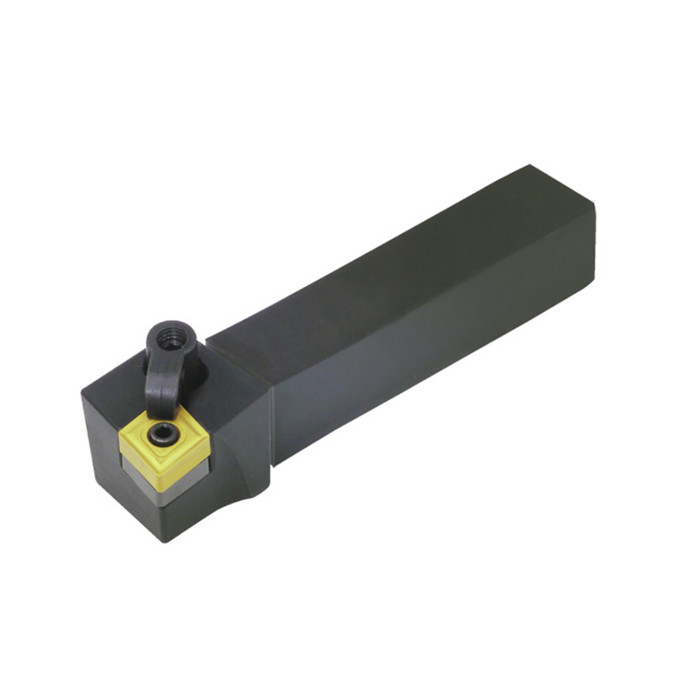Clamping Set Factories
Clamping set factories specialize in the design, manufacture, and distribution of complete clamping solutions used across various industries, from metalworking and machining to woodworking and automation. These sets typically include T-nuts, studs, coupling nuts, flange nuts, and step blocks, providing a versatile and efficient way to secure workpieces. Choosing the right clamping set factory involves considering factors such as the quality of materials, precision manufacturing, range of product offerings, and customer support.
Understanding Clamping Sets
A clamping set is an essential collection of components used to securely hold workpieces in place during machining, assembly, or other manufacturing processes. The individual parts work together to create a rigid and adjustable clamping system, allowing for precise positioning and secure fastening. Common components include:
- T-Nuts: Fit into T-slots in machine tables to provide a secure anchor point.
- Studs: Threaded rods of various lengths used to apply clamping force.
- Flange Nuts: Provide a larger bearing surface for even pressure distribution.
- Coupling Nuts: Used to connect studs together to achieve the desired length.
- Step Blocks: Provide adjustable height for supporting workpieces at different levels.
- Step Clamps: Work in conjunction with step blocks to exert downward clamping force.
What to Look For in a Clamping Set Factory
Selecting the right clamping set factory is crucial to ensure the reliability and performance of your clamping system. Consider the following factors:
Material Quality
The quality of the materials used in manufacturing clamping sets directly impacts their durability and clamping force. Look for factories that use high-strength steel alloys that meet industry standards. Common materials include:
- Carbon Steel: Provides good strength and is suitable for general-purpose applications.
- Alloy Steel: Offers higher strength, hardness, and wear resistance, making it suitable for demanding applications.
- Stainless Steel: Offers excellent corrosion resistance, ideal for environments with moisture or chemicals.
Manufacturing Precision
Precise machining and tight tolerances are essential for ensuring proper fit and alignment of clamping components. Look for factories that use CNC machining and rigorous quality control processes. Factors to consider include:
- Thread Accuracy: Threads must be accurately cut to ensure smooth and secure engagement.
- Dimensional Accuracy: Components must be manufactured to precise dimensions to ensure proper fit and function.
- Surface Finish: A smooth surface finish reduces friction and improves clamping performance.
Product Range and Customization
A reputable clamping set factory should offer a wide range of standard clamping sets and individual components to meet diverse needs. Additionally, the ability to customize clamping sets to specific requirements is a significant advantage. Consider:
- Variety of Sizes: Look for a range of T-nut sizes, stud lengths, and clamp capacities.
- Custom Designs: Some factories offer custom design and manufacturing services for unique applications.
- Material Options: The availability of different material options allows you to tailor the clamping set to your specific environment.
Certifications and Standards
Factories that adhere to recognized industry certifications and standards demonstrate a commitment to quality and safety. Look for certifications such as:
- ISO 9001: International standard for quality management systems.
- ANSI Standards: American National Standards Institute.
- DIN Standards: Deutsches Institut für Normung (German Institute for Standardization).
Customer Support and Reputation
Choose a clamping set factory with a strong reputation for customer support and technical expertise. Consider:
- Technical Assistance: Availability of technical support for product selection and application.
- Warranty: A warranty demonstrates the factory's confidence in the quality of its products.
- Customer Reviews: Online reviews and testimonials can provide valuable insights into the factory's performance.
Leading Clamping Set Factories and Their Offerings
While there are many clamping set factories worldwide, here are a few examples of companies known for their quality and product range. These examples are illustrative and you should conduct thorough research to find the best fit for your specific needs. Note that specific product offerings and company information are subject to change.
For comprehensive tooling solutions, consider companies like Wayleading Tools. While a direct comparison of all factories and their offerings is beyond the scope of this article, it's important to research and compare based on your specific needs.
Clamping Set Applications and Examples
Clamping sets are used in a variety of industries and applications. Here are a few examples:
- Metalworking: Securing workpieces on milling machines, lathes, and drill presses.
- Woodworking: Holding wood pieces in place for cutting, shaping, and assembly.
- Automation: Fixturing components for robotic assembly and automated processes.
- Mold Making: Clamping mold components together during injection molding.
- Welding: Holding parts in position for welding operations.
Comparing Different Types of Clamping Sets
There are several types of clamping sets available, each designed for specific applications. Here's a comparison of some common types:
| Type of Clamping Set | Typical Application | Advantages | Disadvantages |
|---|---|---|---|
| Standard Clamping Set | General-purpose clamping in metalworking and woodworking. | Versatile, cost-effective, and widely available. | May not be suitable for complex or high-precision applications. |
| High-Precision Clamping Set | Applications requiring precise positioning and clamping force. | High accuracy, repeatability, and clamping force. | More expensive than standard clamping sets. |
| Step Clamping Set | Clamping workpieces of varying heights. | Adjustable height for versatility. | May require more setup time than other types. |
Tips for Using Clamping Sets Effectively
To ensure optimal performance and safety when using clamping sets, follow these tips:
- Use the correct clamping force: Over-tightening can damage the workpiece or clamping components.
- Distribute clamping force evenly: Use multiple clamps to distribute force across the workpiece.
- Keep clamping components clean: Dirt and debris can reduce clamping force and accuracy.
- Inspect clamping components regularly: Check for wear, damage, or corrosion.
- Follow the manufacturer's instructions: Refer to the manufacturer's instructions for specific recommendations.
Conclusion
Choosing the right clamping set factory and using clamping sets effectively are essential for achieving accurate and efficient manufacturing processes. By considering the factors outlined in this guide, you can select a clamping set that meets your specific needs and ensures the reliability and performance of your clamping system.
Related products
Related products
Best selling products
Best selling products-
 Midium Duty Live Center For Morse Taper Shank
Midium Duty Live Center For Morse Taper Shank -
 Type J-60 Degree Cone Tungsten Carbide Rotary Burr
Type J-60 Degree Cone Tungsten Carbide Rotary Burr -
 MT/R8 Shank Quick Change Tapping Chuck With MT & R8 Shank
MT/R8 Shank Quick Change Tapping Chuck With MT & R8 Shank -
 Digital Depth Gauge With Stainless Steel For Industrial Type
Digital Depth Gauge With Stainless Steel For Industrial Type -
 Precision Monoblock Vernier Caliper With Nib Style Jaws Of Metric & Imperial For Industrial
Precision Monoblock Vernier Caliper With Nib Style Jaws Of Metric & Imperial For Industrial -
 HSS Inch & Metric Single Angle Milling Cutter For Industrial With Bright Or TiN Coated
HSS Inch & Metric Single Angle Milling Cutter For Industrial With Bright Or TiN Coated -
 GTN Parting & Grooving Insert For NCIH Blade
GTN Parting & Grooving Insert For NCIH Blade -
 Precision IP54 Digital Caliper With Data Output For Industrial
Precision IP54 Digital Caliper With Data Output For Industrial -
 SCFC Indexable Boring Bar With Right And Left Hand
SCFC Indexable Boring Bar With Right And Left Hand -
 Parting & Grooving Tool Set With SLTB Blcok, NCIH Blades, GTN Inserts
Parting & Grooving Tool Set With SLTB Blcok, NCIH Blades, GTN Inserts -
 Type E Heavy Duty Deburring Tool Set With Deburring Holder And Deburring Blade
Type E Heavy Duty Deburring Tool Set With Deburring Holder And Deburring Blade -
 58pcs Clamping Kit With Metric & Inch Size
58pcs Clamping Kit With Metric & Inch Size











